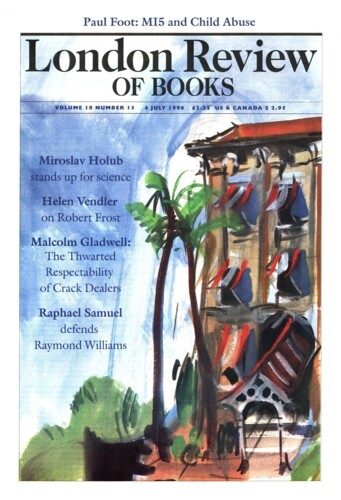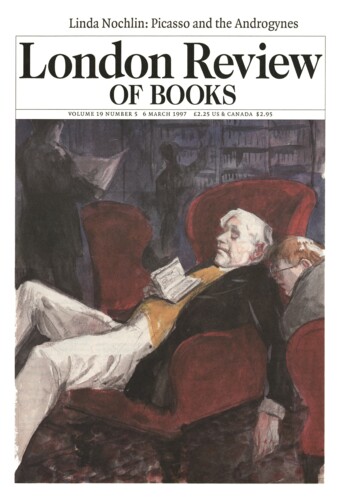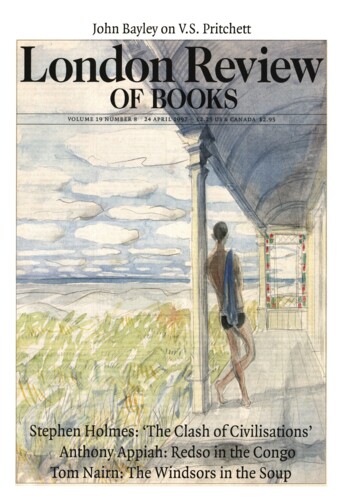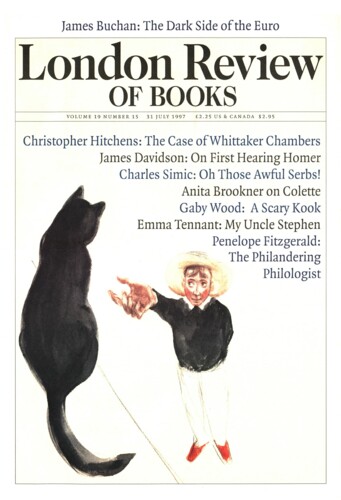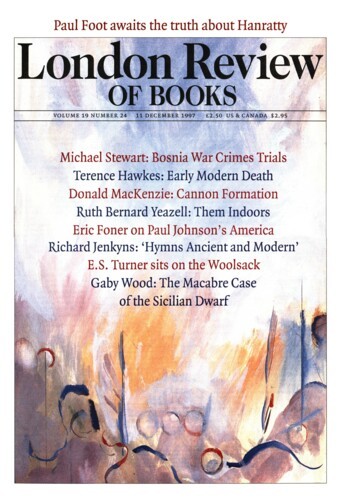In the centre of the room there are two skeletons. Charles Byrne, the Irish Giant, faces the front. His skeleton, tainted brown because of the speed and secrecy of its preparation, is seven feet ten inches tall. So towering are the bones, and so impossibly hefty is their accompanying leather boot, that it’s easy to walk past without noticing the adjacent filigree form. Mounted at eye-level, with its back to you as you look at the giant, is the skeleton of Caroline Crachami: tiny, clean, almost transparent. It stands with the support of a metal rod, which is threaded along the spine and pokes out from the skull. The vertebrae could be beads in a large necklace, the ribs starched lace, the fingers fallen milk teeth. The height given for the whole is one foot ten and a half inches. The smallness and the proportion of the thing (an adult shape the size of a newborn) are breathtaking, and from the back it is possible to see the articulated ivories (the marionette shoulders, the butterfly hips) as a work of art, a windless mobile. But the view from the front makes its one-time personhood inescapable: bottomless eye-sockets, a dark triangle for a nose, a pointless smile.
She was exhibited as Miss Crachami, the Sicilian Fairy, or Sicilian Dwarf. Not much is known about her; what there is comes from a pamphlet written to accompany the original exhibition, three reports in the Times, a number of contemporary allusions, and several articles written for medical journals in a subsequent attempt to figure out her condition.
